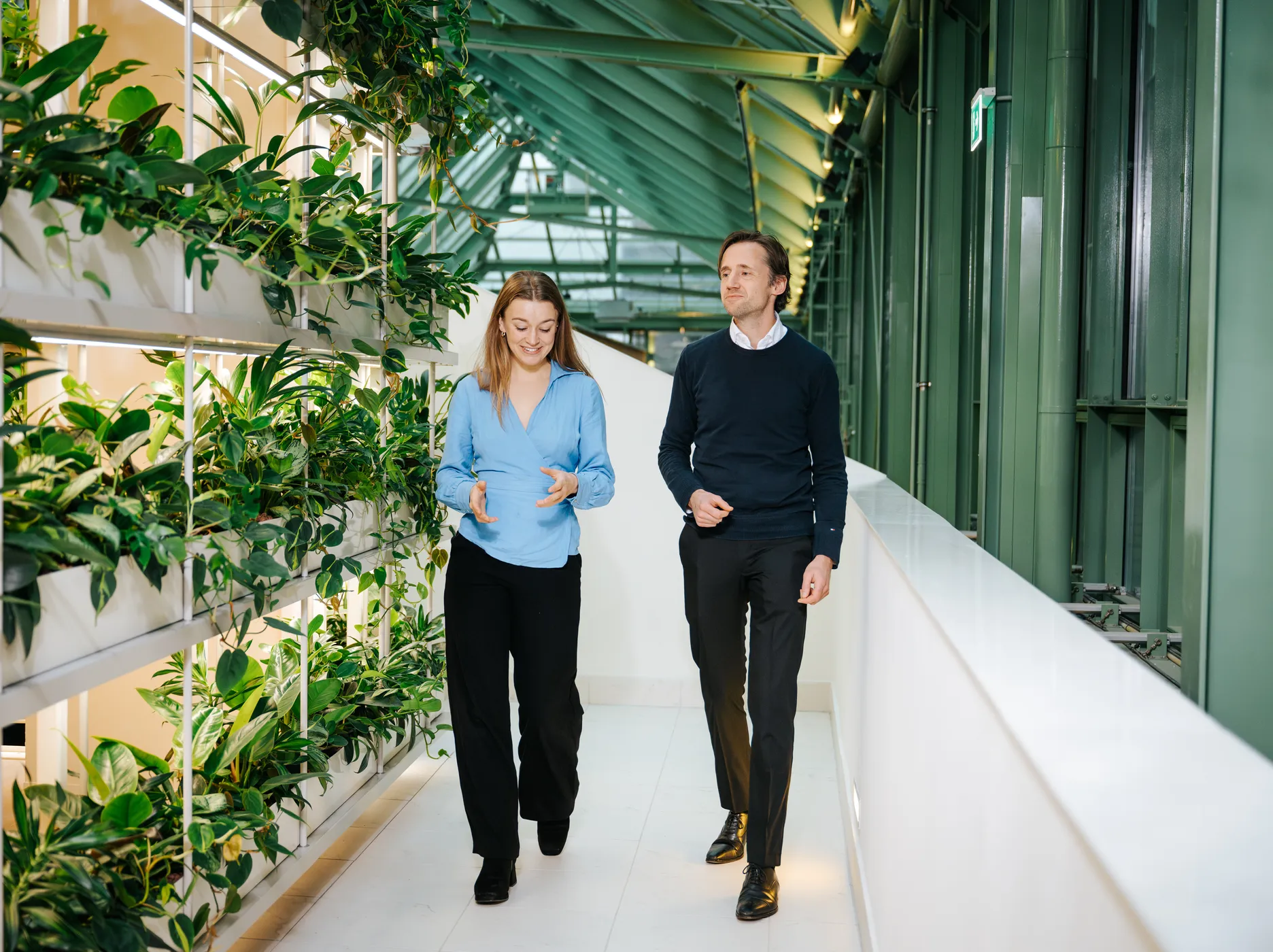Technically and economically feasible
To thoroughly understand this case, Invest-NL and Rebel Group have conducted a case study commissioned by a consortium consisting of Port of Amsterdam, Tata Steel, and ECOLOG. The study ‘Green hydrogen import through the port of Amsterdam’ demonstrates how the port of Amsterdam can develop into the gateway for large-scale import of green hydrogen.
Dolores explains: “It shows the technical feasibility but also reveals a clear financing issue. Between 2030 and 2040, there will be a temporary financing gap of approximately € 2.4 billion because the expected sales price in the initial phase is lower than the cost price. After 2042, the situation will change, and the project will generate an overall return of around € 2 billion over its lifetime.”
The report mentions a series of solutions to bridge the financing gap. One of them is the use of so-called Contract-for-Difference agreements. In this arrangement, the government agrees on a fixed price per unit of energy with a producer of CO₂-free energy. If the market price is lower? The government pays the difference. If the market price is higher? The producer repays the difference.
Other solutions include subordinated loans and amendments to legislation and regulations. These provide investors with greater certainty and accelerate the growth of a stable hydrogen market. An important aspect of the design is the deployment of an aggregator. This is a party that consolidates demand and supply and signs long-term contracts. In this way, risks related to price and volume are reduced.







